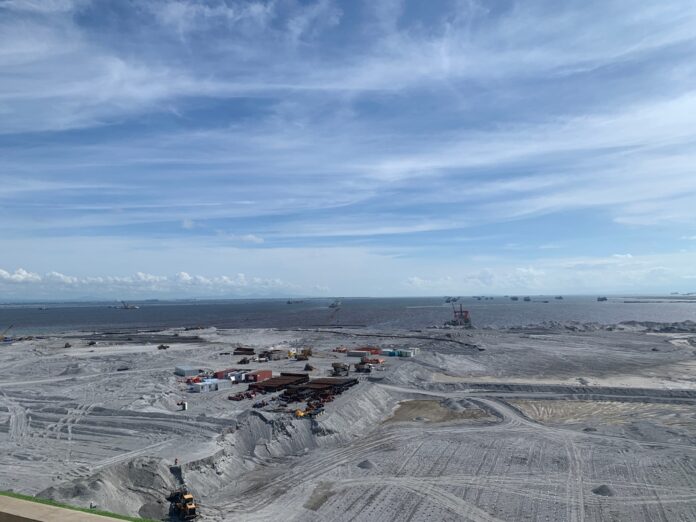The Department of Environment and Natural Resources (DENR) announced it is conducting a comprehensive review of 21 reclamation projects in Manila Bay—comprising of ongoing, approved, and proposed developments—to address their potential cumulative environmental and socio-economic impact.
DENR secretary Maria Antonia Yulo-Loyzaga clarified that the review, which involves technical conferences with local governments, project proponents, and other agencies, does not equate to cancellation of the projects. Instead, the initiative aims to identify possible adjustments based on the findings of an impact assessment conducted in 2024 by the Marine Environment and Resources Foundation (MERF).
“We will make this part of a dynamic process,” Loyzaga said at a news briefing in Quezon City, emphasizing the importance of integrating reclamation plans with water quality, flood management, disaster risk, and waste systems at the local government level.
The MERF study, led by Dr. Charina Lyn Repollo and involving a 48-person interdisciplinary team, evaluated the impact of the projects on water circulation, flooding, and biodiversity. It found that reclamation could disrupt natural water flows, intensify pollution and flooding, and destroy vital habitats including mangroves and coral reefs. These changes could threaten marine biodiversity, reduce fishery productivity, and raise public health risks from harmful algal blooms and contaminated water.
Repollo warned that “reclamation can exacerbate flooding” in low-lying areas and “trap pollutants,” particularly during extreme weather events. The study also documented 51 coral genera and 167 fish species, highlighting the ecological richness at risk.
In response, DENR will revisit Environmental Compliance Certificates (ECCs) issued for the projects, in coordination with the Philippine Reclamation Authority, to assess whether modifications are warranted under existing regulatory provisions.
A second phase of the MERF study is underway and will include more advanced monitoring and a 3D flood modeling visualization, expected by the third quarter of the year.







